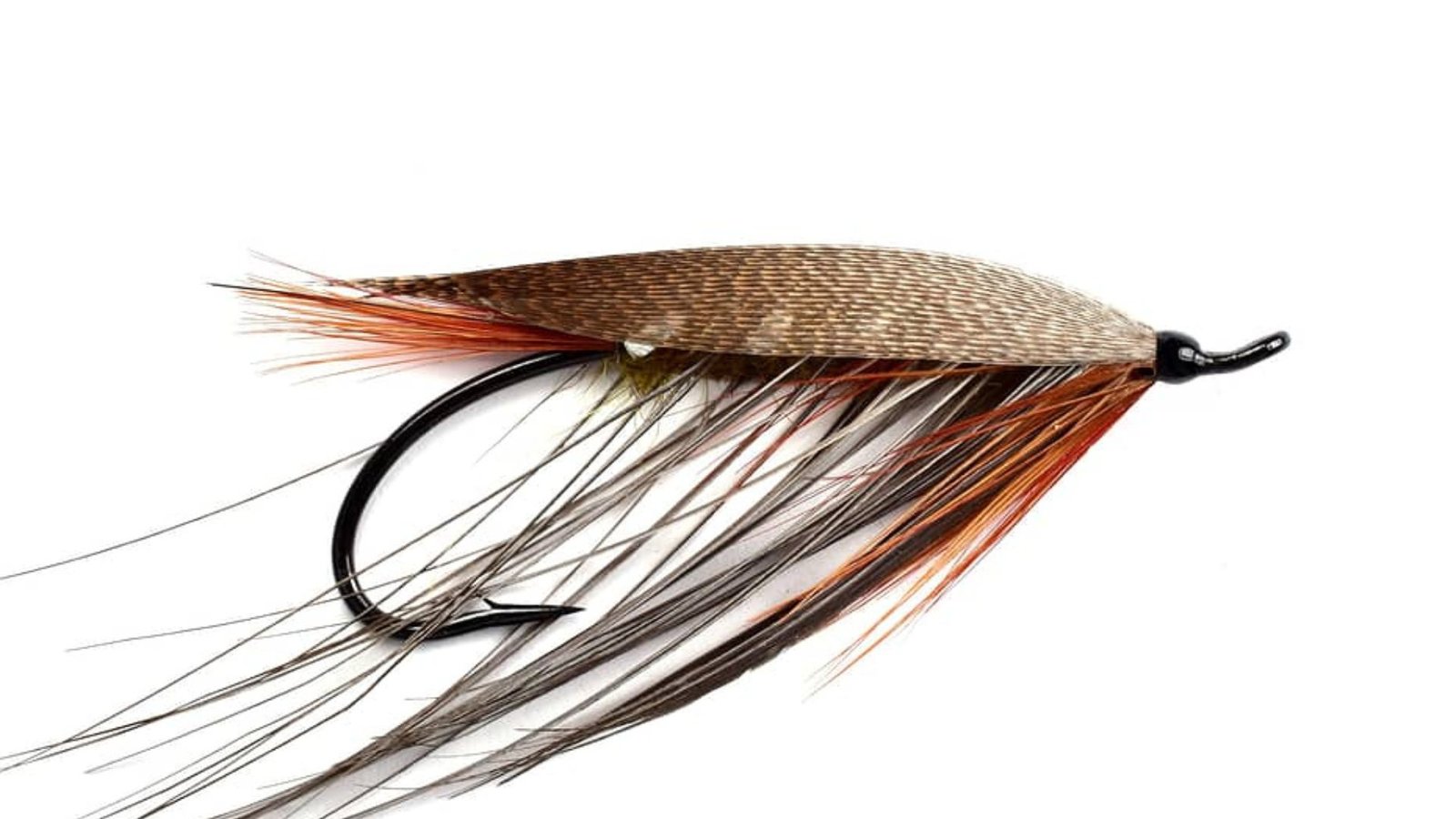Fishing for salmon in small streams can be both challenging and rewarding. Here’s a comprehensive guide to help you fish for salmon effectively in small streams:

How to Fish for Salmon in Small Streams
Choosing the Right Equipment
Rod and Reel Selection
Select a lightweight and flexible fishing rod, ideally around 8 to 9 feet long, with a medium action. Pair it with a reel that can handle 10-20 pound test line.
Fishing Line and Leaders
Use a monofilament or fluorocarbon line with a breaking strength suitable for the salmon species in your area. Leaders should be around 4-6 feet long to provide adequate maneuverability in tight spaces.
Understanding Salmon Behavior
Spawning Seasons
Salmon typically migrate upstream to spawn during specific seasons. Research local regulations and guides to determine the best times to fish for salmon in small streams.
Habitat Preferences
Salmon prefer clear, cool waters with adequate oxygen levels. Look for deeper pools, undercut banks, and areas with cover like fallen trees or rocks where salmon may rest or hide.
Techniques for Fishing in Small Streams
Casting Techniques
Master accurate casting to target specific spots where salmon may be hiding, such as behind rocks or along current seams. Practice casting upstream and allowing your bait or lure to drift naturally downstream.
Fly Fishing
Use lightweight flies such as nymphs, streamers, or egg patterns. Match your fly size and color to local insect hatches or mimic small baitfish to attract salmon.
Bait Fishing
Use natural baits such as salmon eggs, worms, or small fish like smelt. Rig your bait on a hook appropriate for the size of the bait and the salmon species you are targeting.
Lure Fishing
Select small spinners, spoons, or crankbaits that resemble local baitfish or insects. Retrieve your lure slowly to mimic injured prey, enticing strikes from nearby salmon.
Stealth and Patience
Approach Quietly
Move slowly and avoid making unnecessary noise or sudden movements that could startle nearby fish. Maintain a low profile to prevent disturbing the water and spooking salmon.
Observation
Watch for signs of salmon activity such as splashing, jumping, or shadows moving beneath the water’s surface. Patience is key as salmon may take time to respond to your bait or lure.
Conservation and Responsible Fishing
Catch and Release
Practice catch and release to preserve salmon populations. Use barbless hooks and handle fish gently to minimize stress and injury before releasing them back into the water.
Respect Regulations
Adhere to local fishing regulations regarding catch limits, seasons, and permitted fishing methods. Respect private property boundaries and leave no trace of your visit to protect fragile stream ecosystems.
Conclusion
Fishing for salmon in small streams requires careful planning, the right equipment, and an understanding of salmon behavior. By mastering techniques such as accurate casting, using appropriate bait or lures, and practicing conservation, you can enjoy a rewarding fishing experience while contributing to the preservation of salmon populations in these delicate habitats.




